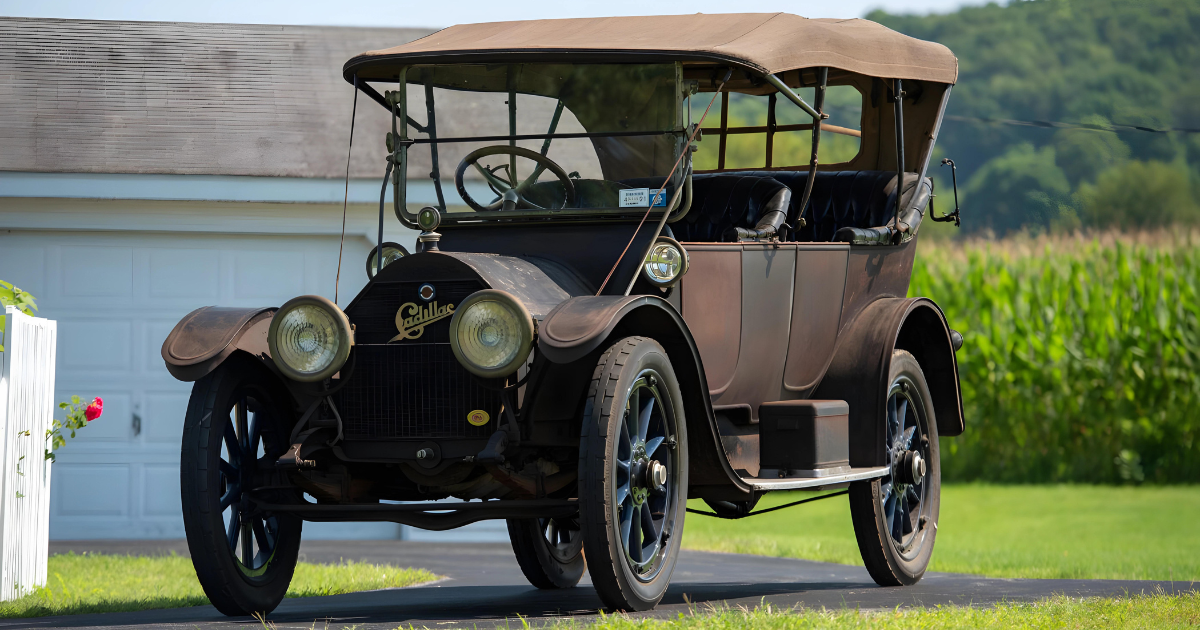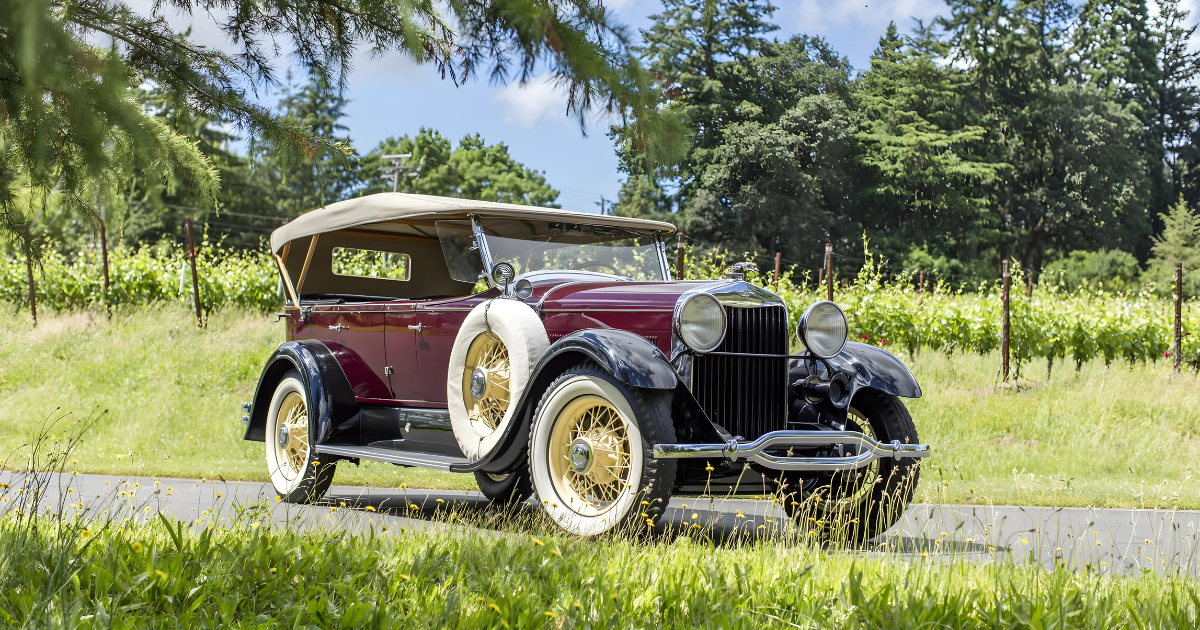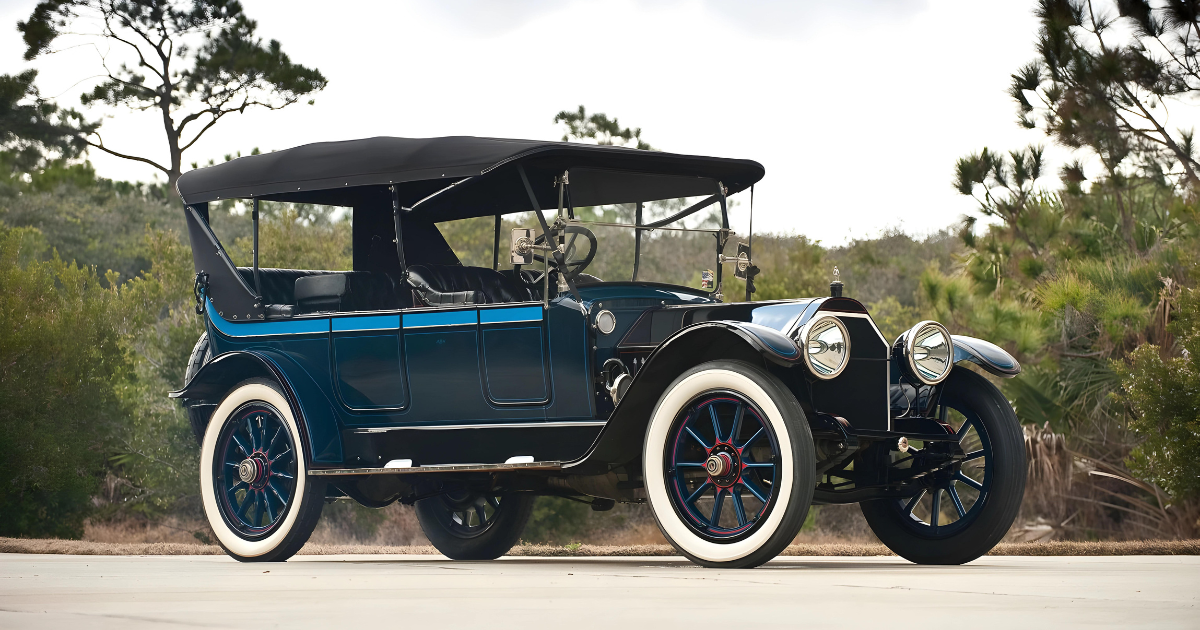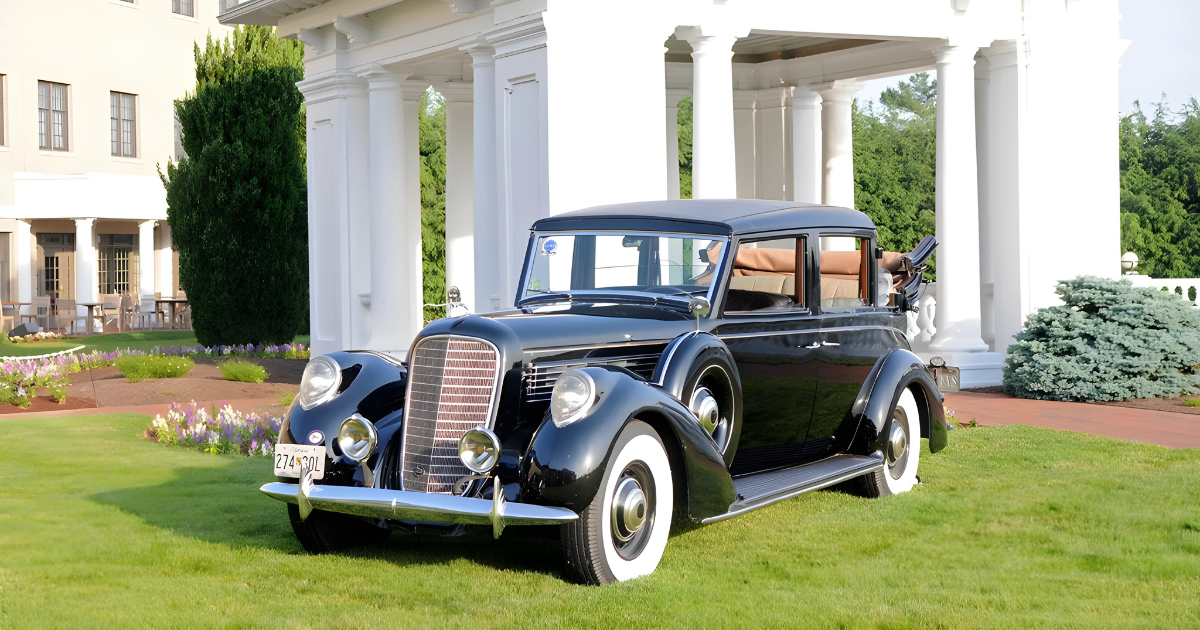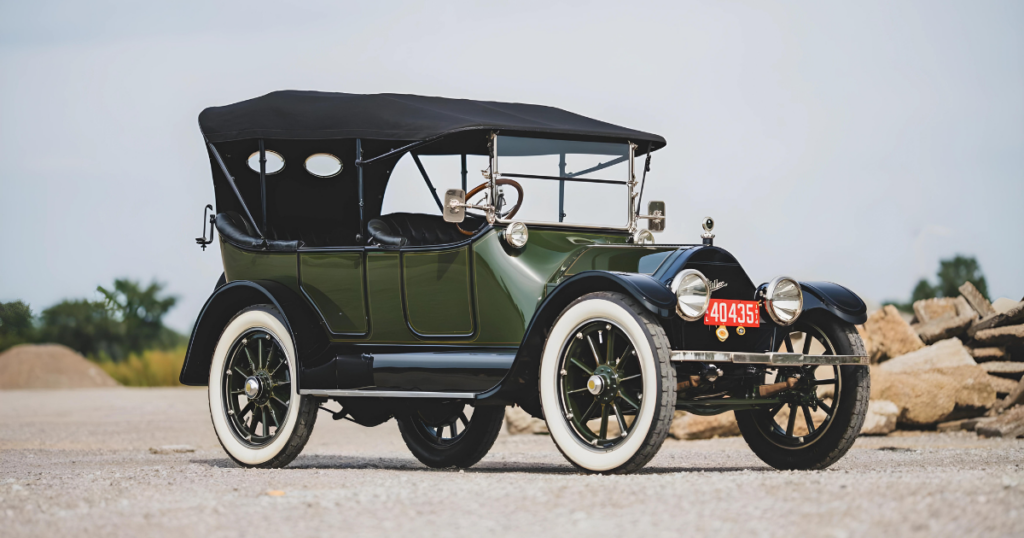
The Cadillac Model 30 stands as a testament to the Detroit automaker’s commitment to innovation and excellence in the early 20th century automotive industry. Introduced in 1912, the Model 30 represented a significant leap forward for Cadillac, propelled by the groundbreaking introduction of the electric starter—a revolutionary feature that transformed the driving experience for motorists worldwide.
The electric starter, a marvel of engineering ingenuity, replaced the cumbersome hand crank, making it easier and safer for drivers to start their vehicles. This innovation democratized automobile ownership, opening up the world of motoring to a wider audience and contributing to the rapid growth of the automotive industry.

Despite being replaced in 1915, the Cadillac Model 30 continued to evolve and improve throughout its production run, with continuous enhancements being made to ensure it remained competitive in an ever-changing market. Vehicles like the 1914 Model 30 Five-Passenger Touring exemplified Cadillac’s commitment to refinement and innovation, maintaining the robust 365.8-cubic-inch L-head inline-four engine and three-speed gearbox while incorporating new features such as a two-speed rear axle.
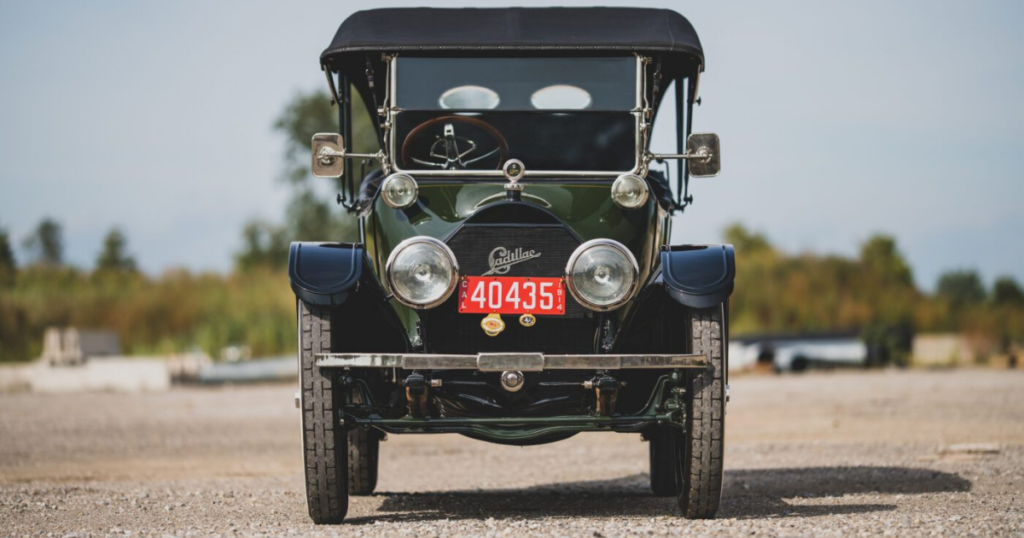
The addition of the two-speed rear axle in the 1914 Model 30 significantly enhanced the vehicle’s capability for higher-speed touring, catering to the evolving needs of a more mobile America. This innovation reflected Cadillac’s dedication to providing customers with vehicles that not only met but exceeded their expectations, delivering superior performance and driving pleasure. The introduction of the two-speed rear axle in the 1914 Model 30 marked a significant advancement in automotive technology, allowing for smoother acceleration and improved fuel efficiency at higher speeds.
This innovation aligned with the changing lifestyle of American motorists, who increasingly sought vehicles capable of covering longer distances with ease. Cadillac’s commitment to exceeding customer expectations by integrating such features showcased their proactive approach to anticipating and fulfilling the evolving demands of the automotive market.
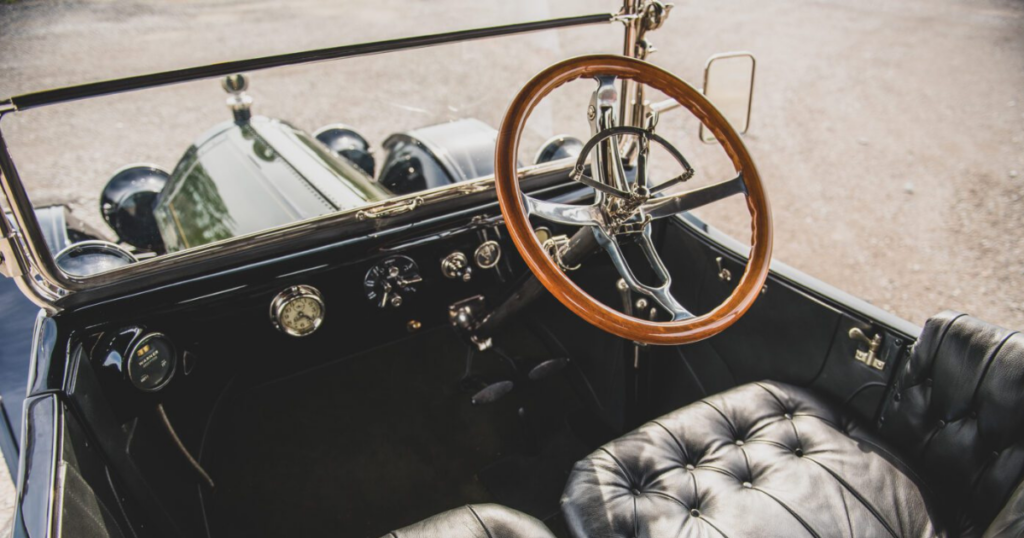
Furthermore, the elevation of the engine-driven air compressor to standard equipment underscored the Model 30’s commitment to practicality and convenience. This underhood compressor proved invaluable for roadside tire inflation, demonstrating Cadillac’s understanding of the challenges faced by motorists and their commitment to addressing them through innovative solutions.
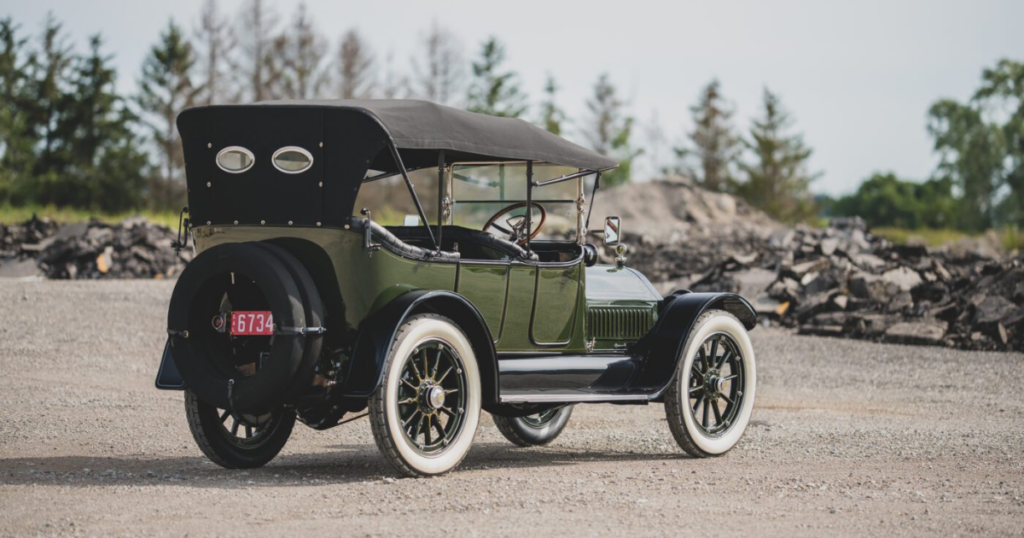
In conclusion, the Cadillac Model 30 was more than just a car—it was a symbol of progress and innovation in the automotive industry. From the introduction of the electric starter to the continuous refinement of its features and capabilities, the Model 30 exemplified Cadillac’s unwavering dedication to excellence and its vision of a more mobile and connected world.

